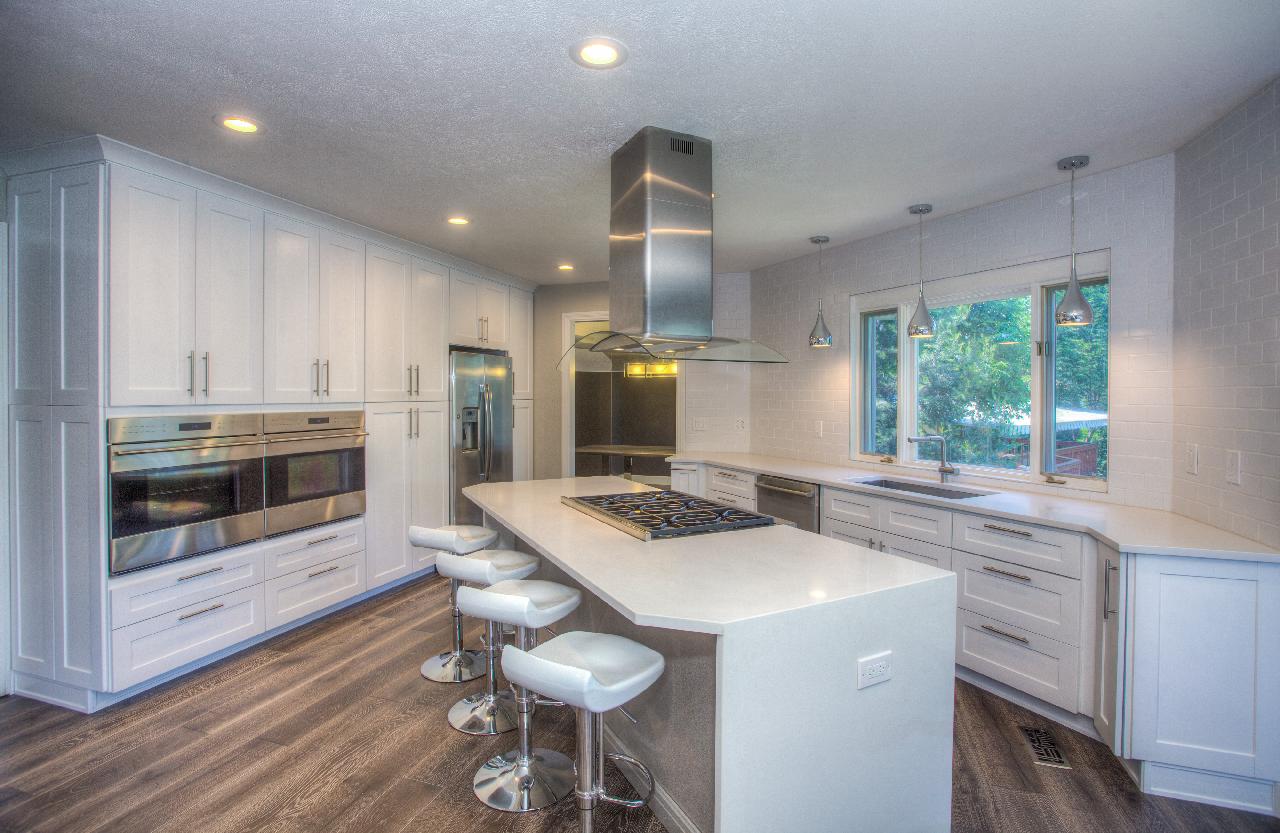Taking the leap into homeownership is undoubtedly an exciting milestone. However, it involves careful financial planning to ensure you’re not biting off more than you can chew. This guide aims to educate you on the critical aspects of financing your new home, from understanding mortgage options and interest rates to budgeting for hidden costs and setting up an emergency fund. We’ll delve into the importance of credit scores, the role of down payments, and the necessity of mortgage pre-approvals. Follow along as we shed light on each step, helping you navigate the somewhat daunting but ultimately rewarding process of buying your home.
Assess Your Financial Health
Begin by understanding your current financial situation. Evaluate your income, expenses, savings, and debt. A healthy financial profile will make it easier to secure a mortgage at a favorable interest rate. Your credit score, also known as the FICO score, plays a significant role in this regard. It’s a number between 350 and 850 that represents your creditworthiness based on factors such as payment history, amounts owed, length of credit history, new credit, and types of credit used. For instance, if you want to go for a low doc loan, which requires minimal documentation, you’ll need a higher credit score. A good credit score can also help you negotiate a better interest rate on your mortgage. On the other hand, a low credit score may lead to higher interest rates or even rejection of your mortgage application.
Check Your Credit Score
Your credit score can significantly impact the mortgage terms you are offered. A higher score generally leads to better terms. If your score is low, consider delaying your home purchase to work on improving it. You can obtain a free credit report once every 12 months from the three major credit reporting agencies: Equifax, Experian, and TransUnion. Review your report carefully for any errors or inconsistencies and address them with the respective agency to improve your score. In addition, make efforts to pay off outstanding debt and avoid applying for new credit in the months leading up to your mortgage application.
Decide on a Budget
Determine what you can afford to pay monthly for your mortgage, property taxes, insurance, and maintenance. Consider not only what a lender is willing to lend you but also what you are comfortable paying. A common rule of thumb is to keep your total housing costs, including mortgage payments, property taxes, and insurance, at or below 28% of your gross monthly income. It’s crucial to factor in other expenses such as utilities, groceries, transportation, and savings for retirement and emergencies when determining your budget. On average, homeowners spend 1% to 4% of their home’s value on annual maintenance and repairs. This amount can vary significantly depending on the age, location, and condition of your home.
Prepare for Down Payment and Closing Costs
Traditionally, you’ll need to save for a 20% down payment, though some lenders may require less. Also, keep in mind that there are closing costs which can range from 2% to 5% of the loan amount. These costs include appraisal fees, title insurance, loan origination fees, and more. In addition to these upfront costs, you’ll also need to have some cash reserves for unexpected expenses after moving into your new home. Having a well-padded emergency fund is critical as homeownership can come with unforeseen repair and maintenance costs. Aside from cash savings, you may also consider other sources of funding such as gifts from family or grants for first-time homebuyers.
Get Pre-Approved for a Mortgage
Pre-approval gives you a clearer picture of what you can afford and shows sellers that you’re serious about buying. It involves a lender reviewing your financial information and providing an estimate of the amount they are willing to lend you. This step is crucial in today’s competitive housing market, where sellers often prefer buyers with pre-approvals over those without. To get pre-approved, you’ll need to provide proof of income, assets, and liabilities. You should also be prepared to explain any discrepancies in your credit report. Keep in mind that getting pre-approved does not guarantee final approval for a mortgage. Come prepared with any questions you may have for the lender, and don’t be afraid to shop around for different rates and terms.

Plan for the Unexpected
Set aside funds for unexpected costs that come with homeownership. These could include emergency repairs or increases in property taxes. It’s wise to have three to six months’ worth of living expenses in an emergency fund. This fund should be separate from your savings for a down payment and closing costs. You may also consider purchasing insurance for protection against unexpected events such as job loss, disability, or illness. It’s essential to have a comprehensive understanding of all the costs associated with homeownership to ensure you are well-prepared financially.
Consider a Financial Advisor
If all this seems overwhelming, consider seeking the help of a certified financial advisor who can guide you through the process. They can help you understand your overall financial picture and assist in developing a budget that works for you. A financial advisor can also provide valuable insights on managing debt, improving credit scores, and setting up an emergency fund. Additionally, they can offer advice on different mortgage options and help you determine the best fit for your specific needs and goals.
Buying a home is an exciting and significant milestone in life, but it’s essential to approach it with careful financial planning. By assessing your financial health, checking your credit score, setting a budget, preparing for upfront costs, and seeking the help of a financial advisor if needed, you can ensure that you are financially prepared for this major investment. Remember to also plan for unexpected expenses and have a well-padded emergency fund to protect yourself from any financial roadblocks along the way. With proper organization and preparation, you can confidently take this big step towards homeownership.
Discover more from Futurist Architecture
Subscribe to get the latest posts sent to your email.



![modern apartment [article_title]](https://www.futuristarchitecture.com/wp-content/uploads/2025/03/6-Chill-Tips-to-Bunker-Your-Energy-With-Heat-Blocking-Curtains-900x600.jpg)